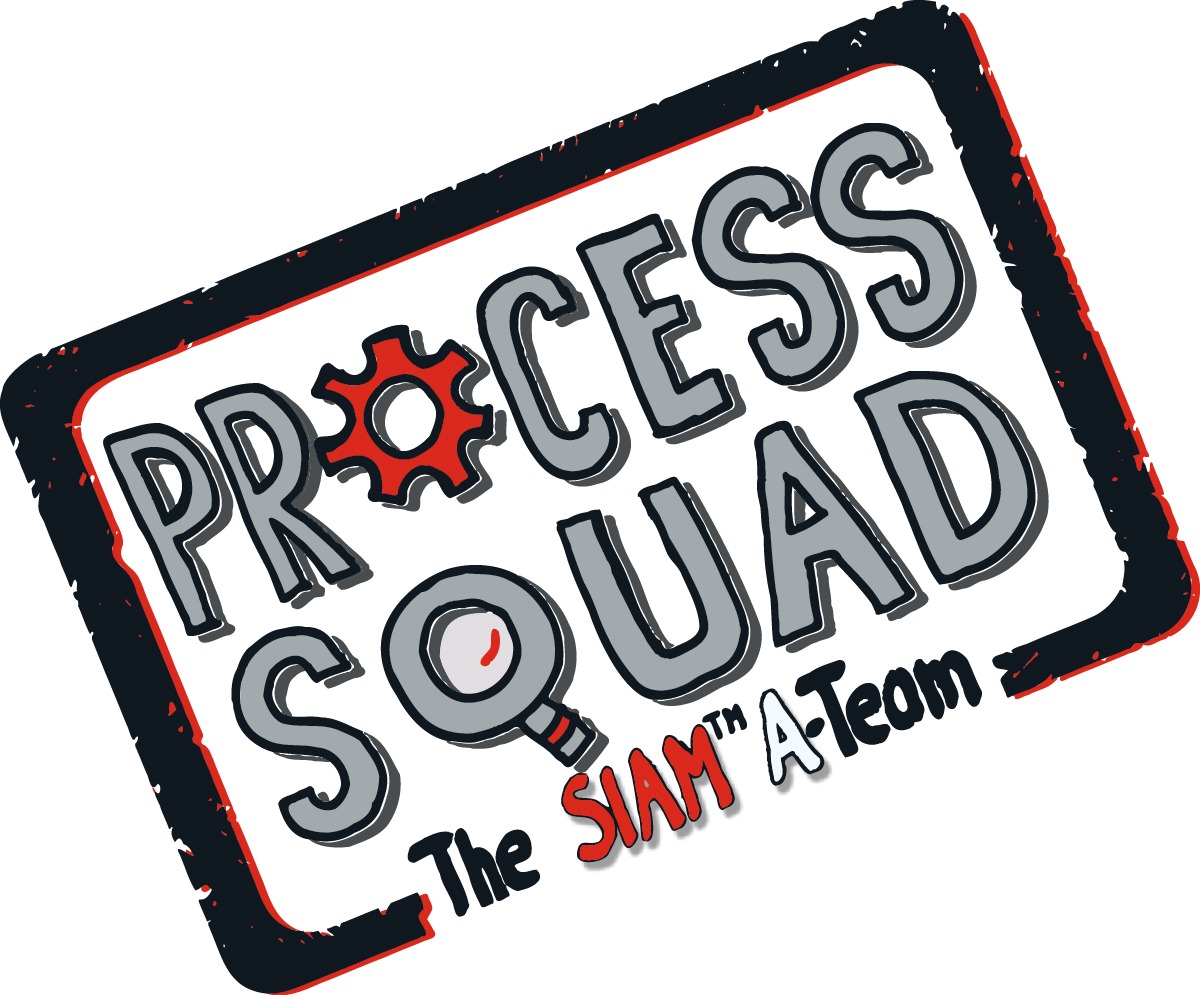
Creating business value through IT Services – together with the business. This is the primary theme of ITIL 4, and it is exactly what the Process Squad recommends to our clients to have in mind when they are evaluating to contract IT service or outsourcing deals. Basically, we always make use of the following simple, four-step approach:
- Write down the business objectives that are pursued with the contracting of an IT service or outsourcing agreement and test them with the various business and IT stakeholders involved and affected by the IT service.
- From the business objectives, derive concrete business requirements, supplement them with IT-specific requirements and document them (ideally in “user story” format).
- Derive the Service Levels KPIs from the requirements.
- And at the very end (before signing!) check again to what extent the contract draft actually meets your requirements.
But reality often deviates from the textbook – and it is not uncommon for IT service or outsourcing contracts to result from the idea of addressing long-term existing problems that the organisation cannot handle by itself with as little of its own contribution as possible. In our experience, this is a management illusion that arises from pure wishful thinking (and IT- Service Providers typically do not source magic wands from Olivander in Diagon Alley…).
Jokes aside: In our decades of experience, we have not seen a single service provider who has managed such transformations without significant involvement of the client. And how could they? All solutions have to be implemented at the client and therefore always require company-specific know-how and participation.
It can even become MORE stressful (than doing it yourself as a pre-requisite) when the implementation of such transformations (which the service provider is happy to provide, too) becomes a prerequisite for a follow-up IT service contract (and possibly associated cost reductions and/or introduction of new service components) – without their timely implementation being foreseeable at the time the contract is concluded. So a bet is made on the future – and if cost reductions (already firmly budgeted for) or new service commitments do not materialise due to delays, the “blame game” starts up…
So here is the first set of questions for checking your level of preparedness for a future IT service contract:
- Have all the transformations required as a prerequisite for the IT service contract already been implemented?
- If not, have you already “scoped” a project, budgeted, scheduled and allocated sufficient internal resources?
- If the future IT service provider is also to be involved in the transformation: Is there a clear definition of its responsibilities, deliverables, your expected contributions and, most importantly, a pricing agreement?
- Have you planned sufficient knowledgeable and available resources to check and approve the actual implementation of all transformation deliverables?
The more often you have to answer “no” to the above questions, the louder your alarm bells should ring. We clearly recommend implementing one thing at a time and not making unrealistic bets on the future. This avoids disappointment and frustration – on both sides.
Let us now assume that you have already fulfilled all the “transformation” pre-requisites for the implementation of the service and that there are no more open construction sites. Let us now turn to reviewing the prerequisites for managing and controlling the service provider. Here it is important to realistically assess one’s own possibilities, capacities and capabilities. Clients often fall for highly complex governance constructs that consultants (not us!) are proposing without assessing what organisational pre-requisites are necessary to put the contractually agreed governance structures into practice. We can only urge you here: Less is more! And then do it properly, namely by addressing the following questions:
- Have you contractually agreed on a (realisable) governance (=meetings, service levels, reports, communication and collaboration structures)?
- Is the number of Service Level KPIs manageable and relevant for your business? Can a relationship be established between ServiceLevel KPIs and your business goals (otherwise: radically shorten them – rather go for 10 than hundred (we have seen all that…) – or 3 instead of 30)?
- Can all desired Service Level KPIs actually be measured? Can the measurement process be traced and verified?
- How are reports delivered and where are they stored? How do you check the reports?
- Are your internal roles as principals for the contract governance described and do you already have names assigned to them?
- Do all internal role holders have sufficient capacity to fulfil their responsibilities?
- Do all internal role holders know and understand the contract and their own responsibilities with regard to contract governance?
- Do all internal role holders know and understand the overall contract governance structure and how they need to work with their internal colleagues?
- Have you considered what tools you will need to manage the contract and related information? Are these tools already prepared?
- Have you thought through, written down and agreed on your internal escalation structures in case something does not go as planned?
Same procedure as before: The more questions you can answer with “yes”, the higher your chances that this could work out with you and the new IT service. If not: consider whether you have better conditions for captive insourcing etc.. Insourced service models require significantly less service management resources, as your internal IT service providers are managed directly in the line function.
I hope I was able to provide you some relevant guidance on assessing your readiness to source and manage a future IT service and would be interested in your feedback! Please share with your contacts if you found this article useful, And watch out for part 2 of this series which will provide tips how to find the most suitable partner for your organization!




